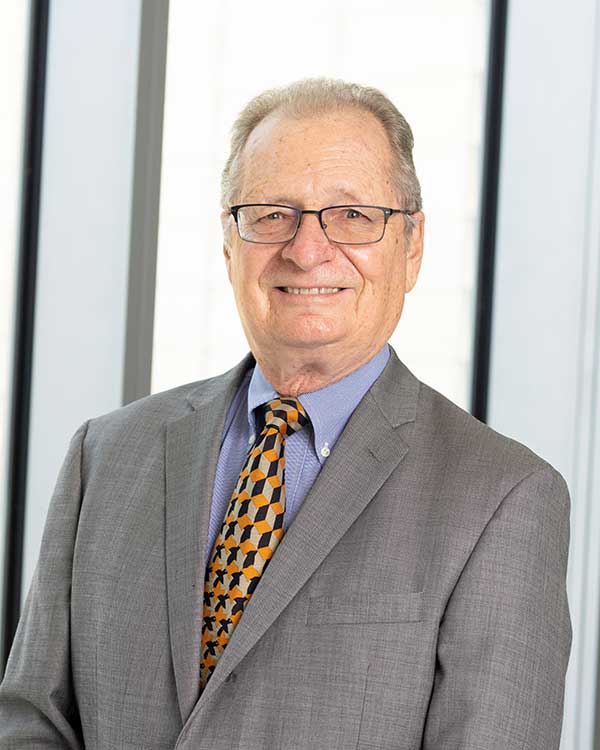Faculty Profile Return to College Directory

Raymond A Applegate, O.D., Ph.D., FAAO
Professor Emeritus in Vision Science,
Active Faculty Retiree
Education
| Degree | Institution | Year |
|---|---|---|
| Ph.D. | UC Berkeley | 1983 |
| M.S. | Indiana University | 1976 |
| O.D. | Indiana University | 1975 |
Biography
Dr. Applegate is Professor Emeritus in Vision Science. Since retiring from full-time service in early 2022, Dr. Applegate is continuing his research and teaching as part-time faculty.
Dr. Applegate obtained his OD (1975) and MS (1976) from Indiana University. He practiced optometry briefly in Galesburg, IL before continuing his graduate education at UC, Berkeley where he received his PhD (1983) under Anthony (Tony) Adams. He joined the University of Texas Health Science Center faculty in 1988 from the School of Optometry University of Missouri - St. Louis where he served as an assistant professor of optometry. He rose through the faculty ranks quickly to become a tenured professor of ophthalmology in 1993. In 2002, Dr. Applegate accepted the College of Optometry, at the University of Houston's offer to become the first Endowed Borish Chair in Optometry (2002=2021). He has served as a feature editor of Journal of the Optical Society of America -A, Applied Optics, and on the editorial boards of Optometry and Vision Science, the Journal of Refractive Surgery, the Journal of Cataract and Refractive Surgery, and currently serves on the editorial board of Clinical and Experimental Optometry. He served the Association for Research in Vision and Ophthalmology as chair of the Annual Meeting Program Committee for the Vision Science Section, as well as the Board of Trustees representing the Visual Science Section and Vice-president of ARVO. He is a cofounder of the International Congress on Wavefront Sensing and Aberration-Free Refraction Correction, is widely published in leading journals, consultant, and international lecturer whose NIH funded research interests center on the optics of the eye, visual image quality, as well as, early ocular disease detection, treatment, and prevention.
